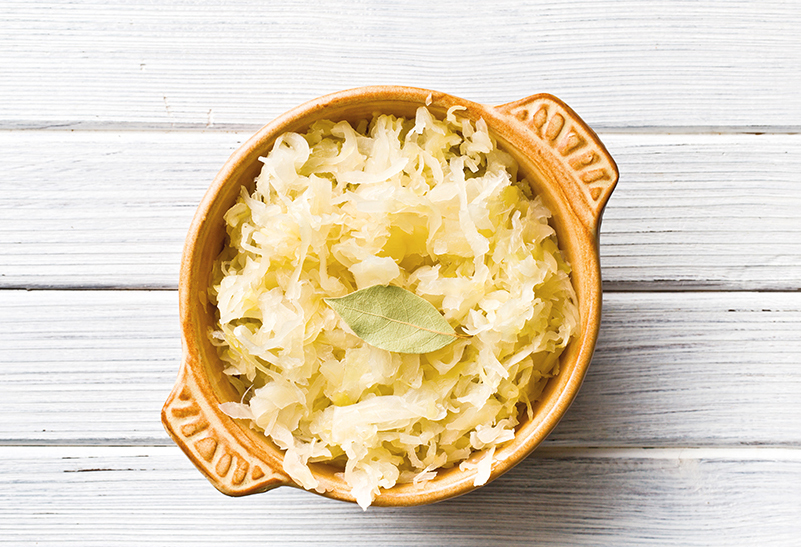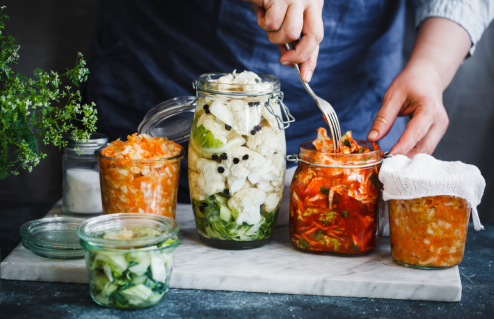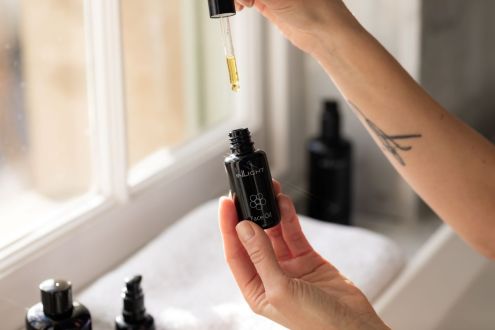Nutrition Notes: How to ferment food
Eve Kalinik tells us how to carry out a centuries-old but simple process

Growing up with a Polish father meant that sauerkraut was a regular thing in our house but I do remember wondering what this weird (yet tasty) mush was about. Little did I know that ’kraut is a fermented food and, as such, is bursting with beneficial probiotics, digestive enzymes and heaps of nutrients.
Fermentation is not a new thing (people have been doing it for centuries to preserve food, prior to refrigeration) and the process remains very simple – water and salt will encourage raw vegetables to break down, producing lactic acid which preserves the food, but also encourages a plethora good bacteria, enzymes and yeasts to thrive – which, when eaten, encourage the gut’s good bacteria to flourish.
Fantastic at enhancing food’s nutrient content – notably all B vitamins, folic acid and choline, fermentation also massively increases digestibility. They’re my probiotic heroes, and here’s a selection of my favourites:
Sauerkraut – aka ‘sour cabbage’ – use white or red, or a mixture, depending on your preference. An excellent source of vitamin C and glutamine that helps to soothe the digestive system, it also contains the powerful antioxidant indole-3-carbinol that supports detoxification and hormone balancing. But don’t buy pasteurised or heat-treated ’kraut as this destroys the live bacteria. Best to make your own – follow my recipe!
Kombucha is fermented black or green tea and, as such, includes all of the amazing catechin and tannin antioxidants that you would expect to find in the regular brew. Just watch out that you don’t get one laden with sugar. I like to use this as a non-alcoholic cocktail option.
Miso is a traditional part of Japanese culture and the word itself means ‘fermented beans’. Miso is a good source of copper, manganese and vitamin K – important nutrients for healthy bones. Mix with ginger and garlic to make a delicious salad dressing.
Tempeh heralds originally from Indonesia, and is made from fermenting soy beans into a solid patty-like texture. Like miso, it has a similar nutrient composition but works as an excellent vegan protein source. I like it best on sprouted seed bread topped with ’kraut.
Gherkins – give a kick to a simple green salad with pickling cucumbers traditionally flavoured with mustard seeds, dill or bay leaves. Other pickled veggies, such as beets and onions, will also have similar health-boosting benefits.
Coconut – yogurts and ‘kefir’ are now readily available and make for excellent non-dairy ways to up your natural probiotic intake.
For more from Eve, go to evekalinik.com
Photograph: Shutterstock









